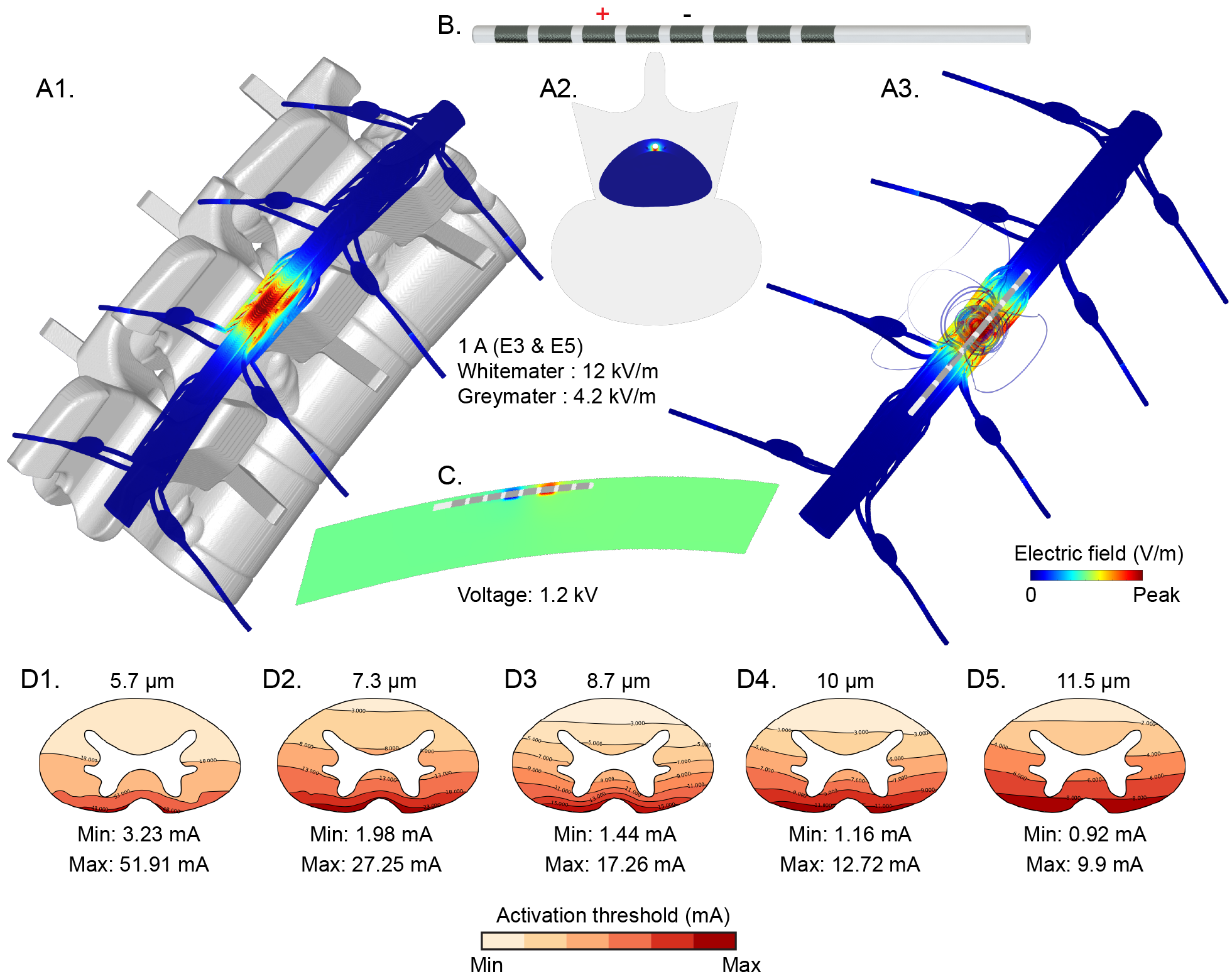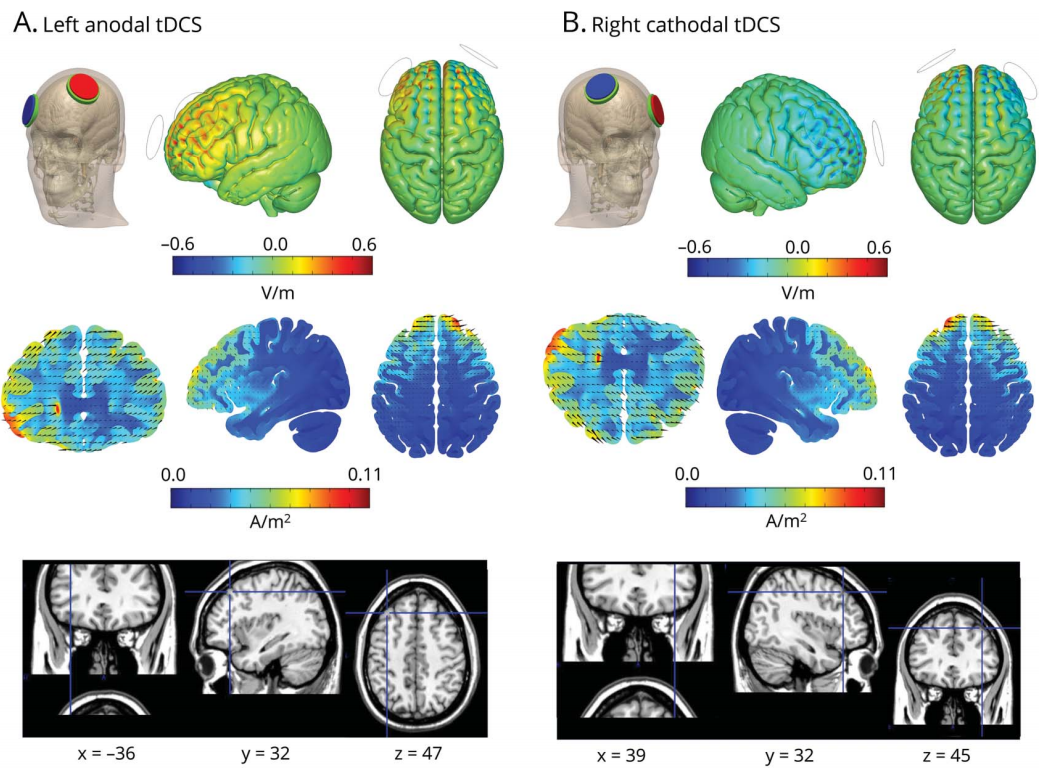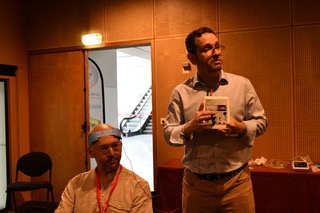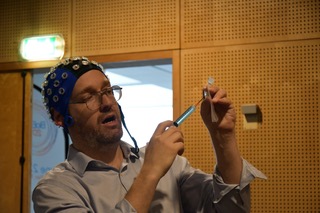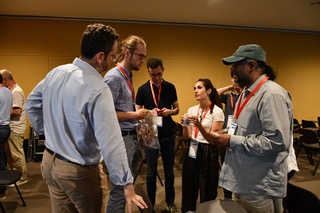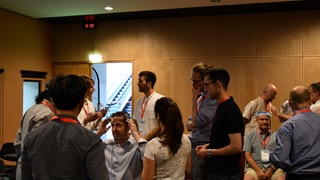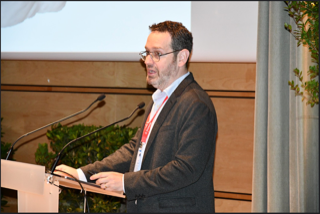Niranjan Khadka, Marom Bikson. Response to the Letter to the Editor by Caraway et al. on “Tissue Temperature Increases by a 10 kHz Spinal Cord Stimulation System: Phantom and Bioheat Model”. Neuromodulation 2019. https://doi.org/10.1111/ner.13079. PDF
Download: PDF published in Neuromodulation - DOI
To the Editor:
We would like to respond to the Letter to the Editor by Dr. Caraway, Dr. Bradley, and Dr. Lee regarding our recent paper “Tissue Temperature Increases by a 10 kHz Spinal Cord Stimulation System: Phantom and Bioheat Model” 1. Caraway et al. correctly described the explicit aim of our paper “to explore the role of joule heating as a mechanism of action for HF10 therapy.” Caraway et al. also confirmed that we “conclude that the measured temperature changed in a predictable manner due to the physics of electrical heating in a volume conductor.” We then predicted temperature increases at the spinal cord and near the lead using a bioheat FEM model.
We noted in our paper that “the bioheat models of kHz SCS remain to be validated” and Caraway et al. emphasized that we did not include in vivo (preclinical or clinical) data. In this paper, and our prior publication on the general topic “Temperature Increases by kilohertz frequency Spinal Cord Stimulation” 2, we explicitly considered how computational models' assumption may increase or decrease predicted temperature rises. If ongoing validation confirms heating of ~1°C, there are key outstanding questions on if and how pain processing pathways are affected. In the spirit of “meritorious scientific discussion,” we may differ with Caraway et al. on the potential impact of moderate heating as a mechanism of action and how this supports findings from clinical trials. But, we agree it is a misinterpretation of our work to suggest a prediction of ~1°C heating is evidence disproving preclinical or clinical data on the safety of HF10.




